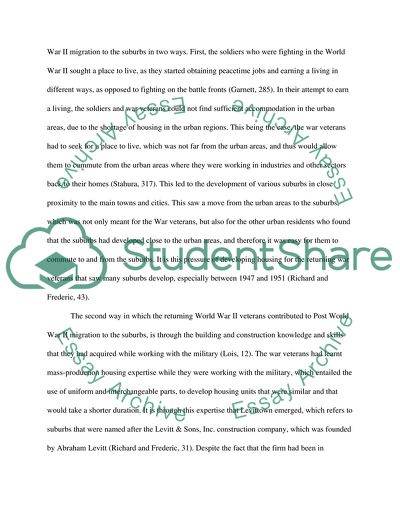Cite this document
(“Post World War II Migration to the Suburbs Research Paper”, n.d.)
Retrieved from https://studentshare.org/history/1617364-post-world-war-ii-migration-to-the-suburbs
Retrieved from https://studentshare.org/history/1617364-post-world-war-ii-migration-to-the-suburbs
(Post World War II Migration to the Suburbs Research Paper)
https://studentshare.org/history/1617364-post-world-war-ii-migration-to-the-suburbs.
https://studentshare.org/history/1617364-post-world-war-ii-migration-to-the-suburbs.
“Post World War II Migration to the Suburbs Research Paper”, n.d. https://studentshare.org/history/1617364-post-world-war-ii-migration-to-the-suburbs.


